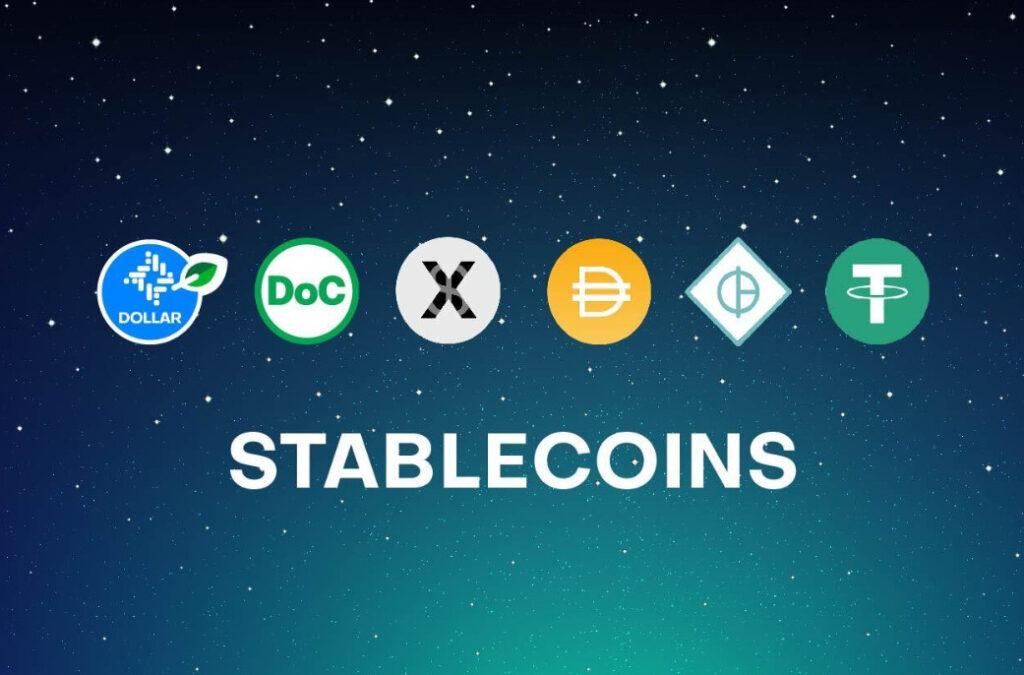Stablecoins: What They Are and Why They Matter for the Market
Stablecoins are one of the most interesting and rapidly growing segments of the cryptocurrency market. They combine the advantages of digital assets with the stability of fiat money, making them convenient for trading, investing, and international payments. In this article, we will explore how stablecoins work, their mechanisms for pegging to fiat currencies, as well as the main risks and benefits for users and the market as a whole.
1. What Is a Stablecoin
A stablecoin is a cryptocurrency pegged to the value of a fiat currency (such as the US dollar) or another stable asset. Thanks to this, the price of a stablecoin is less volatile compared to traditional cryptocurrencies like Bitcoin or Ethereum.
2. Mechanisms of Pegging
There are several main ways to maintain stablecoin value:
- Fiat-backed: each token is backed by real money held in bank accounts (e.g., USDT, USDC).
- Crypto-collateralized: the token is backed by other cryptocurrencies stored in smart contracts (e.g., DAI).
- Algorithmic stabilization: special algorithms control the token supply to maintain a stable price.
3. Benefits of Stablecoins
- Stability: protection from the high volatility of the crypto market.
- Trading convenience: fast and low-cost transactions without constant conversion to fiat.
- International payments: stablecoins simplify cross-border money transfers.
- Access to DeFi: many decentralized finance platforms use stablecoins as a base asset.
4. Risks and Limitations
- Dependence on fiat: problems with banks or regulators can create challenges.
- Regulation: laws regarding stablecoins are still evolving, creating uncertainty.
- Technical risks: errors in smart contracts or algorithms can lead to losses.


